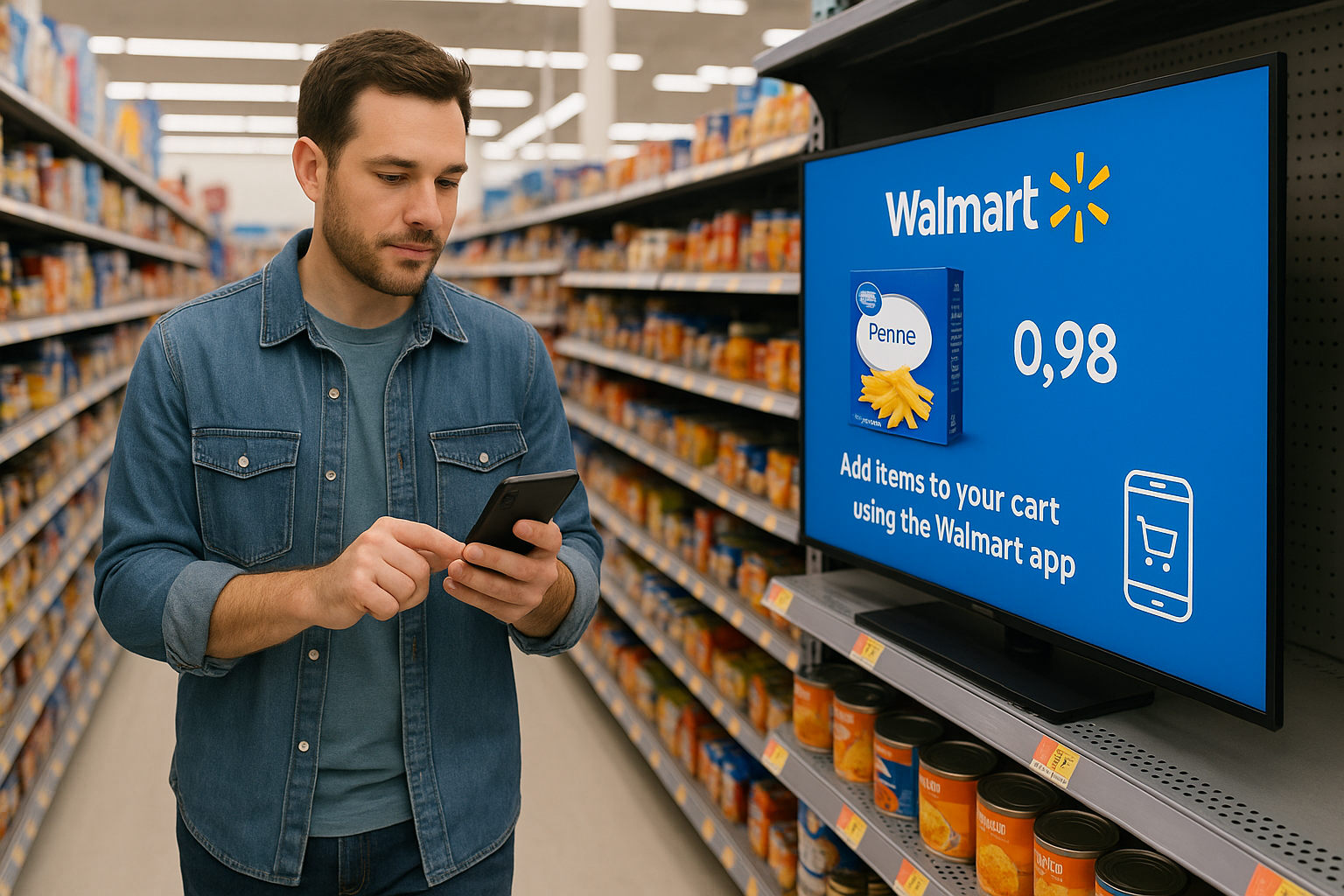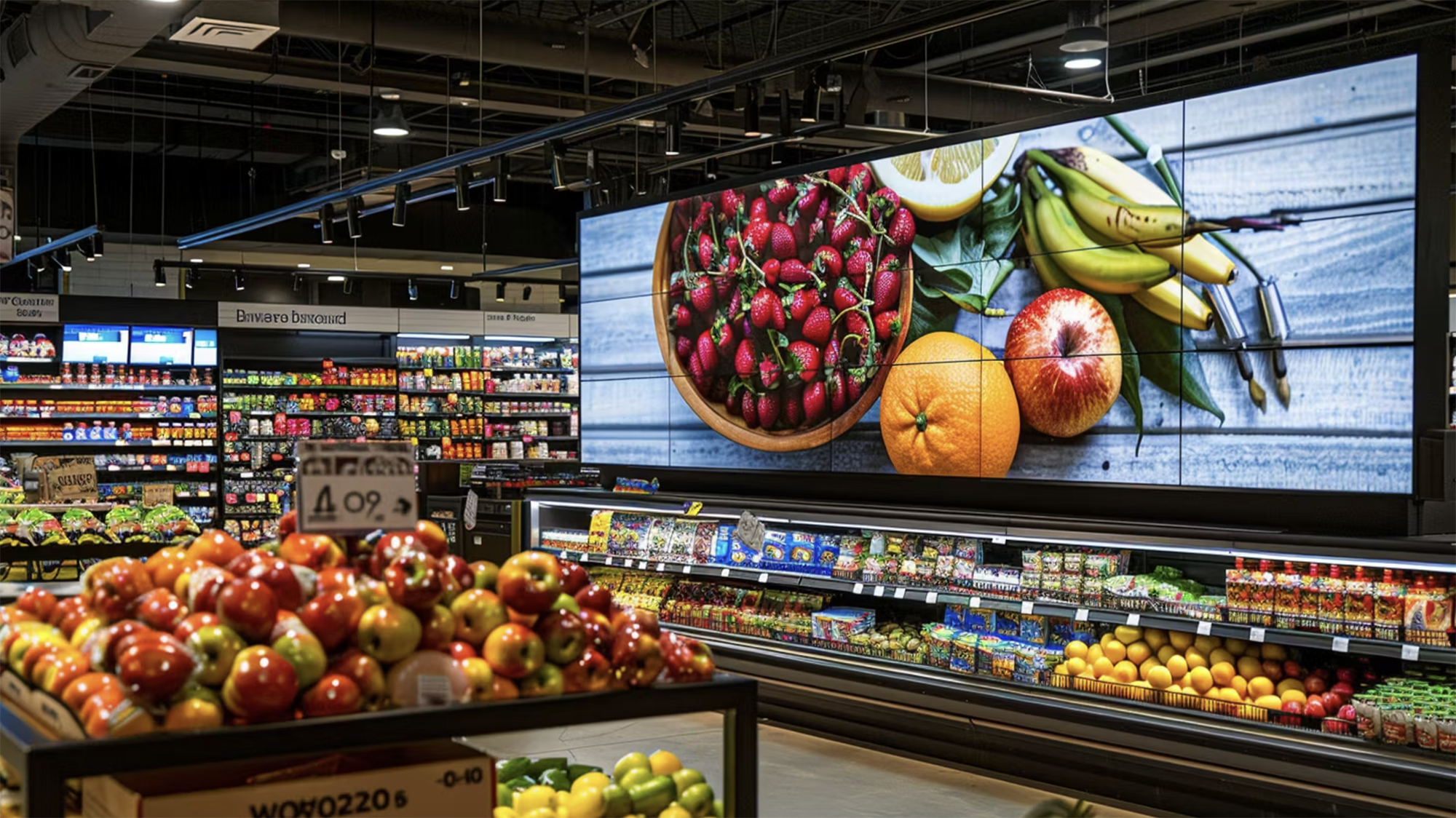Walmart's Q2 Results: AI-Driven Success And A Peek Into The Future of Digital Profitability

At a Glance
- 4.2% U.S. sales growth, $115.3 billion net sales.
- E-commerce surged 22%, driven by store fulfillment.
- AI-optimized inventory, reducing levels by 2.6%.
- GLP-1 drugs boosted healthier food assortments.
Walmart's U.S. comparable sales soared by 4.2% in Q2, contributing to overall net sales of $115.3 billion. This growth was driven across both in-store and e-commerce channels, with the retailer seeing a dollar market share increase among upper-income households, a trend observed since the last quarter. The value and convenience proposition remains appealing to customers, aligning with our shopper survey that indicates 93% of shoppers are price-sensitive and focused on value.
Key Insights
E-Commerce
Walmart U.S. saw a 22% growth in e-commerce, with Sam's Club in the U.S. also reporting a 22% increase, primarily driven by store-fulfilled pickup and delivery. The close proximity of Walmart stores to customers has enabled faster delivery times, with store-fulfilled delivery up by 50% in Q2. “Customers are increasingly opting for delivery within one to three hours”, according to John Rainey, Walmart's CFO. The expansion of delivery catchments to include 15 million homes nationwide has further boosted performance. These results align with Grocery Doppio’s research, which highlights that 86% of grocers focus on improving picking efficiency and 69% on reducing delivery costs to enhance digital profitability.
The influence of GLP-1 drugs on shopper behavior is profound, prompting Walmart to expand and enhance its assortment strategies in response, as highlighted in Grocery Doppio’s research. CEO C. Douglas McMillon emphasized that the “health and wellness segments, driven by GLP-1 drug sales,” have significantly contributed to the growth in U.S. comp sales. According to our research, the adoption of GLP-1 drugs is expected to lead to a 27% increase in the consumption of lean proteins, a 19% rise in meal replacements, and a 17% boost in healthy snack alternatives. In contrast, there will be a 52% decline in snacks and confectionery, a 47% reduction in prepared baked goods, and a minimal 13% reduction in processed foods. Additionally, the Walmart U.S. Marketplace experienced a 32% increase in sales, driven by the growing demand for a wider assortment from customers.
Walmart Advertising
Advertising, one of the many core drivers in Walmart's shift towards a more profitable business mix. Walmart Connect’s advertising sales grew by 30%, with strong growth in advertiser counts, particularly from marketplace sellers. Advertising sales driven by marketplace sellers were up nearly 50%. This trend aligns with Grocery Doppio's findings, where 69% of grocers are focused on monetizing their retail media mix to boost profitability.
Membership Income
Walmart reported a 14.4% growth in membership income, following a 21% rise in Q1. This growth reflects record-high membership levels and increased Plus member penetration. Walmart+ membership income grew by double digits, and Sam's Club U.S. reached new highs in member counts and Plus member penetration. Notably, 50% of this growth came from Gen Z and Millennials. The company is heavily focused on deepening digital engagement, which is key to membership renewal rates. This focus is consistent with our Shopper survey, which found that 86% of shoppers expect a personalized digital shopping experience.
Inventory Management
Walmart U.S. reported a 2.6% decrease in inventory in Q2, following a 4.2% decline in the previous quarter, while still maintaining healthy in-stock levels. This efficiency is largely attributed to the use of generative AI and large language models (LLMs) to accurately create or improve over 850 million pieces of data in their catalog. According to CEO McMillon, the quality of this data is crucial for everything from helping customers find and purchase items to optimizing inventory storage and order delivery.
This approach aligns with findings from “State of AI in Grocery Report 2024”, which projects that AI is expected to unlock $136 billion in value across the grocery sector by 2030. The largest impacts are anticipated in supply chain and logistics ($67.7 billion) and store operations ($15.8 billion), among other areas. Walmart’s inventory management efficiency, driven by AI, underscores the substantial role that advanced technologies will play in shaping the future of the retail and grocery sectors.
Future Outlook
Walmart has adjusted its guidance for the second quarter and full year, anticipating a 3.5% to 4.5% increase in net sales for Q2. The full-year net sales projection is now expected to be at the higher end, or slightly above, the previous outlook of 3.75% to 4.75% growth.


.png)



.png)
.png)



.png)


